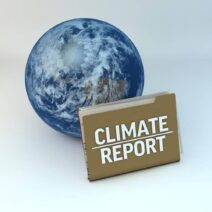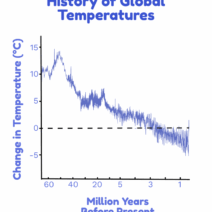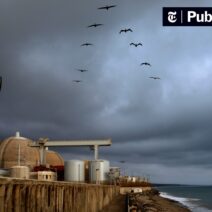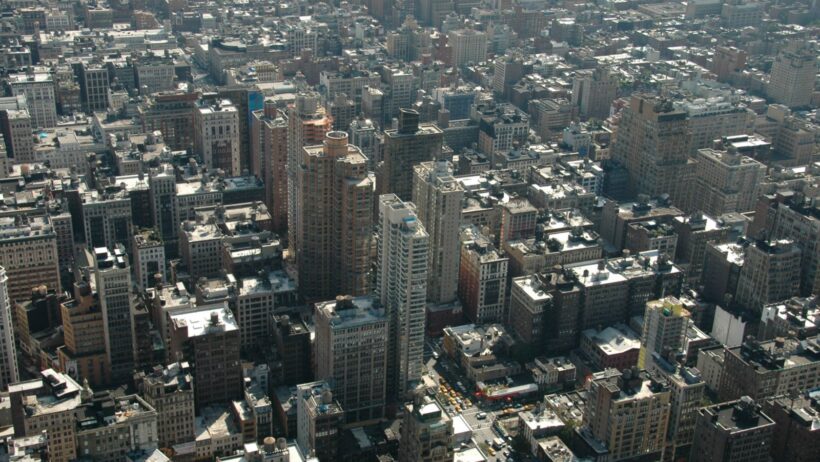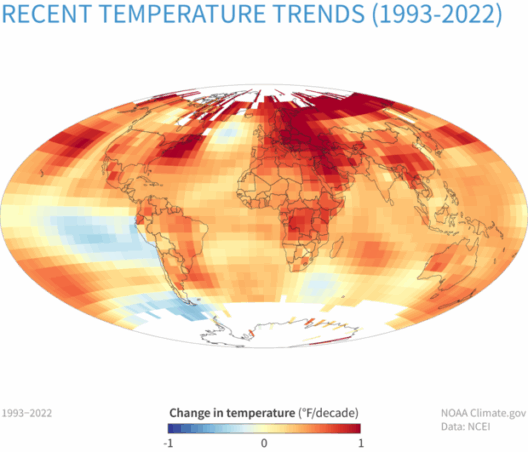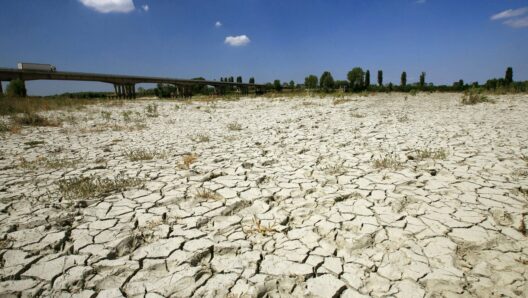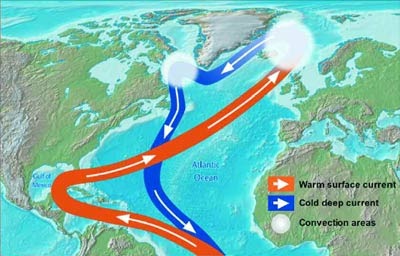The climate of New York City, often dubbed the “Concrete Jungle,” is a fascinating study of urban meteorology, influenced by its geographic location, topography, and the urban heat island effect. Nestled between the Atlantic Ocean and the Appalachian Mountains, New York experiences a humid subtropical climate. Generally, the city has four distinct seasons, each with its own unique characteristics, meteorological phenomena, and cultural implications.
Spring in New York City
As winter slumbers away, New York springs to life around mid-March. With temperatures gradually rising, the city witnesses a transition from the bone-chilling cold to a pleasantly mild atmosphere. Average temperatures range from 40°F (4°C) in early spring to around 70°F (21°C) by late May. The scent of blossoming cherry trees wafts through parks, most notably in Central Park, which becomes a symphony of colors, beckoning New Yorkers to venture outdoors.
However, spring is not without its quirks. Dramatic temperature fluctuations can lead to erratic weather patterns, including sudden rainstorms and occasional late-season snow. This can create challenges for residents, as they find themselves toggling between winter coats and lighter apparel. The season is also known for its increased humidity, as the city begins to warm up and the ocean’s influence grows.
Summer Heat
Summer in the Concrete Jungle is another beast entirely. Lasting from June to September, it brings heat waves and humidity that can be stifling. Average temperatures hover around 85°F (29°C), with peaks often exceeding 90°F (32°C). The dense urban environment exacerbates the heat, as concrete and asphalt retain warmth. This urban heat island effect can elevate temperatures significantly compared to surrounding areas.
Although summer offers vibrant street life and an array of outdoor festivals, it can also present challenges. Humidity may reach staggering levels, and thunderstorms can roll in, bringing torrential downpours and occasional flooding. Heat advisories are common, and vulnerable populations are increasingly affected by heat-related illnesses. The season truly showcases the interplay between climate and city living, where hot days often culminate in balmy nights filled with the buzz of nightlife.
Autumnal Splendor
As summer fades into fall, New Yorkers are greeted by an explosion of colors. Autumn, from late September to early December, is characterized by cooler temperatures, with averages ranging from 60°F (16°C) in September to around 40°F (4°C) in November. The vibrant foliage punctuates city parks and streets, creating picturesque settings that lure both residents and tourists alike.
October often showcases the most temperate weather, where crisp air invigorates the spirit. However, this season also heralds the onset of increased precipitation. Rainfall becomes more prevalent, and cozy sweaters become a staple. The transition from warm days to chilly evenings underscores the unpredictable nature of autumn, reminding residents to be prepared for all types of weather.
Winter’s Frigid Embrace
Winter in New York, extending from December to February, is notorious for its chill. The city experiences average temperatures ranging from 20°F (-6°C) to 40°F (4°C). Snowfall varies widely, impacting the rhythm of urban life. While some winters may produce mere dustings, others can blanket the city in several feet of snow. Ice storms are also common, creating treacherous travel conditions and prompting declarations of snow days.
Yet, winter holds a certain charm. The festive spirit during the holiday season transforms the city into a winter wonderland, even as temperatures dip. Residents engage in seasonal activities such as ice skating in Central Park or visiting elaborate holiday markets. However, the harsh conditions can strain energy resources, as heating demands peak during the coldest months.
Climate Change Impacts
The ongoing repercussions of climate change pose a significant threat to New York’s climate dynamics. Rising global temperatures and increased frequency of extreme weather events could alter traditional seasonal patterns. This alteration could lead to hotter summers, more intense storms in autumn, and erratic snowfall in winter. Coastal flooding and rising sea levels also present immediate challenges to the city’s infrastructure and ecosystem.
Urban planning and policy responses are crucial for mitigating these impacts. Initiatives such as improving public transit, increasing green spaces, and enhancing building regulations are essential in fostering resilience. As the Concrete Jungle grapples with the realities of climate change, public awareness and environmental activism will play pivotal roles in safeguarding the city’s future.
Conclusion
Understanding the climate of New York offers insights beyond just weather patterns; it reveals the profound interconnections between climate, urban life, and environmental sustainability. Each season brings its own set of challenges and delights, shaping the identity of the city. As climate change continues to reshape our planet, New York City stands at a crossroads—one that calls for community engagement, climate-conscious policies, and a steadfast commitment to preserving its unique character in the face of an uncertain future.
